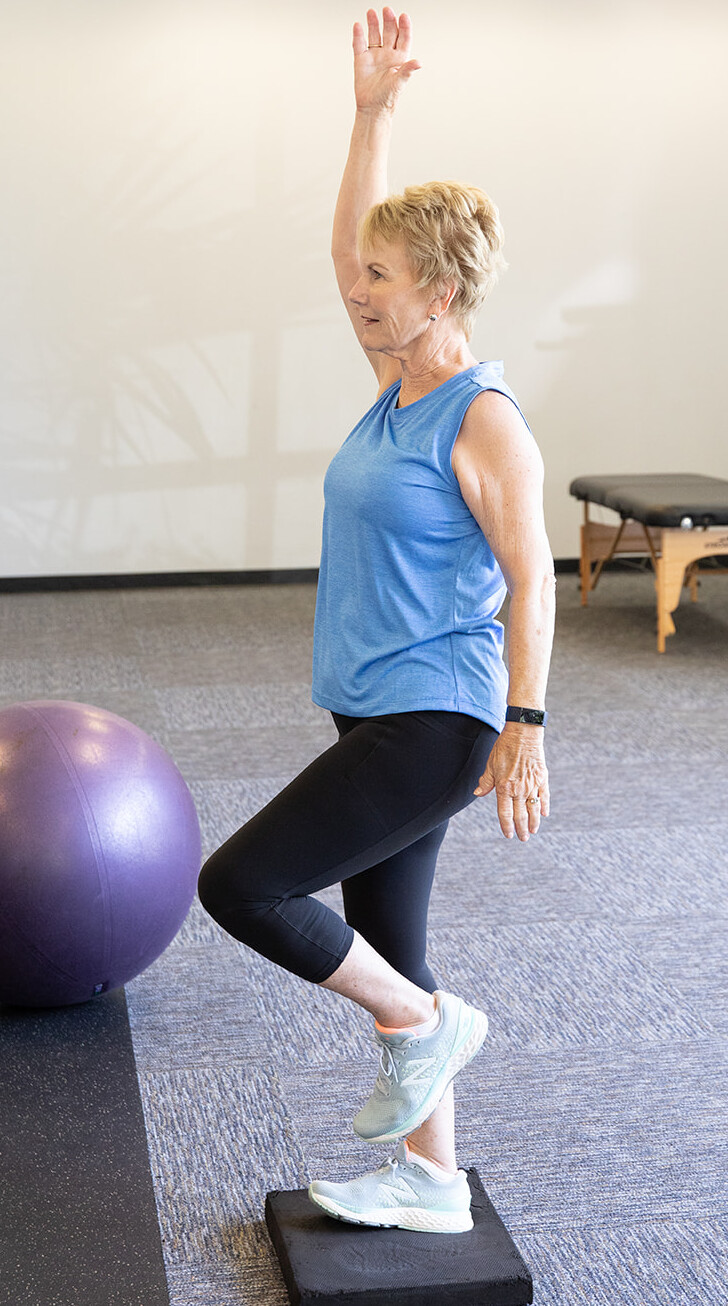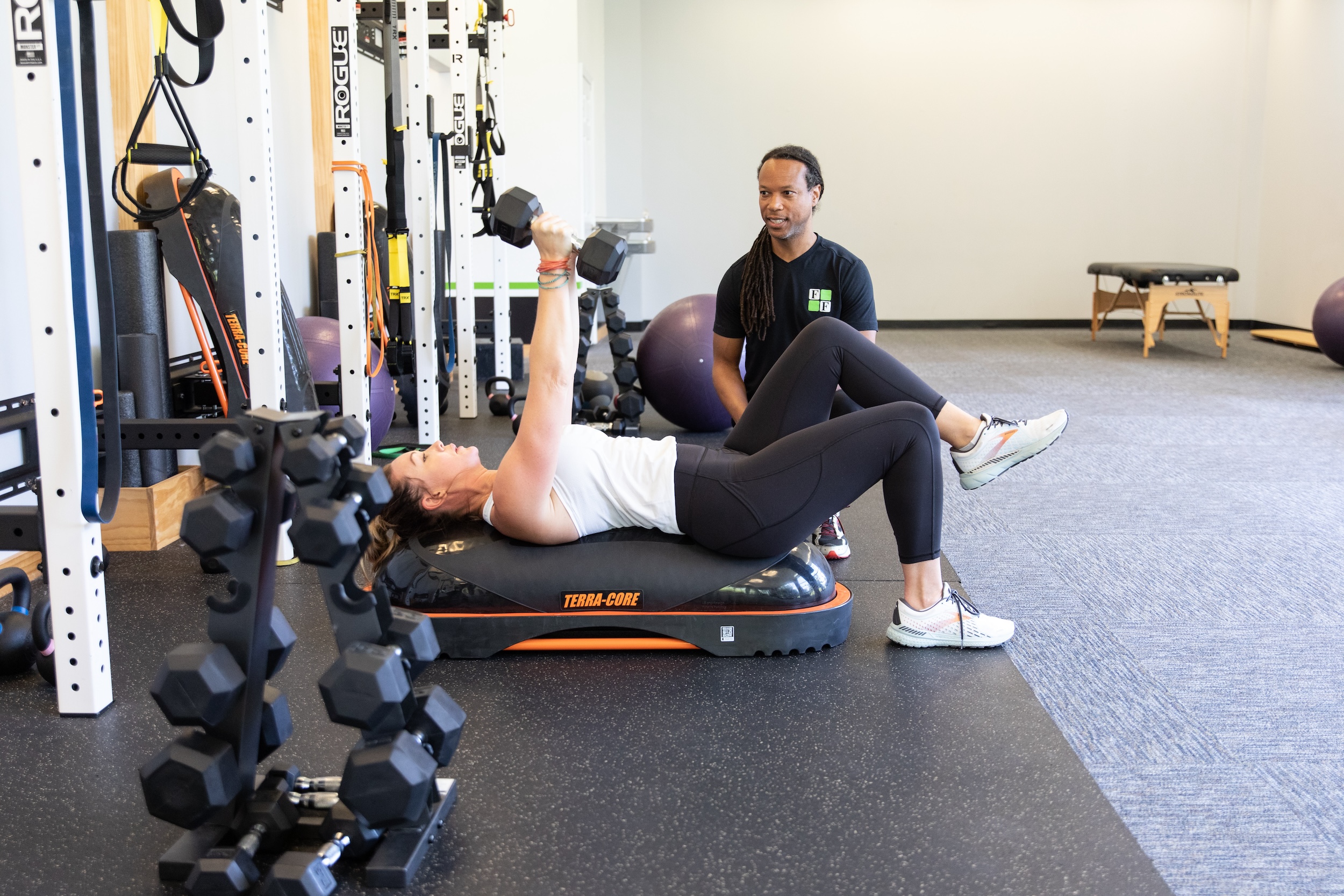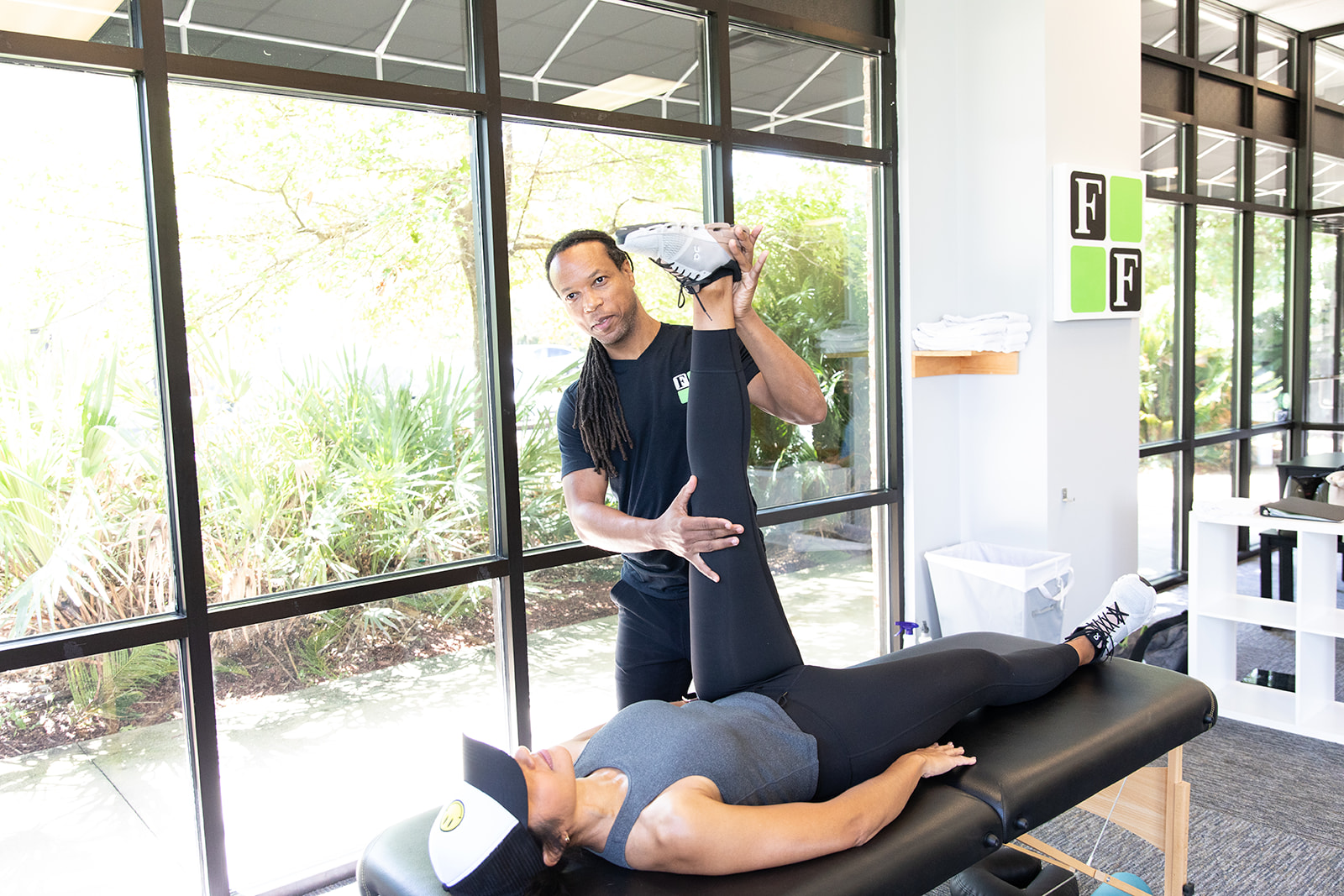July 6, 2024
Balance
Balance is an integral part of our lives!
There are some key parts of our bodies that factor into balance that we can work to improve and, in turn, improve our balance. The biggest one: our muscles!
Muscle quality and quantity is important to our health, vitality, and our balance.
Here are some factors that play into our balance:
- 1
Core Strength: The foundation of good balance is a strong, solid core. Abdominal strength is important to balance because it is what holds all our moving parts together and keeps us upright. Participating in regular abdominal strengthening exercises will help to drastically improve your balance.
- 2
Leg Strength: Secondary to core strength is leg strength. It is also important to regularly build strength in all parts of your legs to help your balance while walking, running, and more. Be sure to work out your legs from the hips all the way down to the ankles!
- 3
Regular Stretching: Flexibility from regular stretching is important to keep our bodies functioning properly. If all parts of the body are able to move well and properly, our balance is improved because our kinetic chain with all its parts are in line.

Here are a few simple exercises to help improve your balance by strengthening your core and legs:
- 1
Bird Dog: Start on all fours with your hands shoulder-width apart and your knees hip-width apart. Your spine should be neutral and your head is aligned with the rest of your body. From here, slowly raise one arm up while simultaneously raising the opposite leg until both are parallel with the floor. Hold this position for two seconds then return to the starting position. Repeat.
- 2
Plank: Planks can be done on your elbows or hands depending on experience level and comfort. To perform a plank, lower yourself to the floor, once you decide to rest on your elbows or hands, place them on the floor underneath your shoulders. Legs extend out behind you without bending at the knees, feet together. Your core should be held tight, keeping your back flat so your spine is in a straight line. Hold the plank for as long as you can. As you get stronger, you should be able to perform a plank for longer periods of time.
- 3
Body Weight Squats: Start by standing upright with good posture. Open feet to hip width with feet facing forward. Arms can be crossed across your chest or stretched out straight in front of you during the movement. Chest stays up, open, and forward as you bend at the knees. Butt goes down and slightly back as your knees bend. Knees stay over the center of the foot. Pause with your thighs parallel to the floor and then stand back up. Repeat 10-12 time before resting.
- 4
One-Leg Balance: Stand upright with good posture and feet next to one another. Once you feel solidly planted, slowly raise one foot, positioning it beside your ankle (arms may be stretched out to the side or hands on your hips for extra security). Balance on one foot for 30-60 secs then switch, repeating on the other foot. This exercise will help to strengthen your ankles and lower legs to improve your balance.
Share
by Kimberly Jenkins
Share
Have you been working out for months, or even years, without seeing the amount of progress or change you had hoped for? This is a common issue a [...]
What is Pilates and why should you try it? The benefits of Pilates are: Increased Strength & Flexibility: Pilates creates a mind-body connection working multiple muscles throughout the entire body [...]
Joint pain can often be linked to muscle tightness. When the muscles surrounding joints become tight, it can result in stress on the joint, leading to pain and [...]




